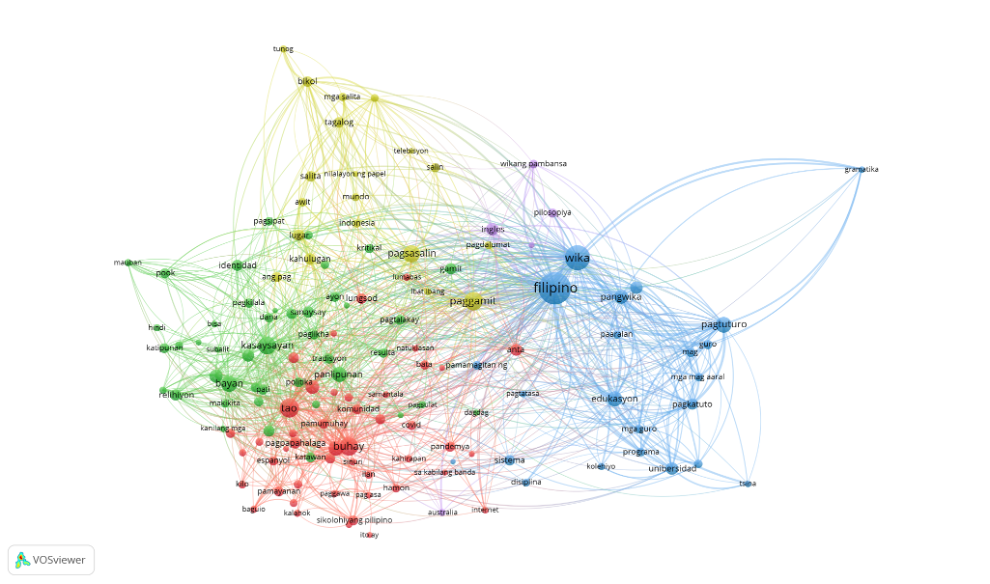VOLUME 18 NUMBER 1 (January to June 2025)

SciEnggJ. 2025 18 (1) 116-132
available online: 30 April 2025
DOI: https://doi.org/10.54645/2025181HXV-71
*Corresponding author
Email Address: christian.gopez@dlsu.edu.ph
Date received: 29 December 2024
Date revised: 15 March 2025
Date accepted: 23 April 2025
ARTICLE
Productivity, authorship trends, and themes of the published articles in Filipino monolingual journals from 2013 to 2022
University, Manila, Philippines
2Department of Filipino, De La Salle University, Manila, Philippines
The publication of research articles in the Filipino language has always been considered scarce. However, no empirical data has been available to describe the existing publication landscape of monolingual journals in the Philippines. Thus, this article analyzes the annual publication rates, most productive authors, and authorship trends of the ten Philippine monolingual journals, namely Dalumat, Daluyan, Diwa, Filipinolohiya, Hasaan, Katipunan, Kawing, Malay, Saliksik, and Salin from 2013 to 2022. It also describes the emerging themes present in the articles using a software for constructing and visualizing bibliometric networks. By manually collecting the metadata from the journals’ websites, it was discovered that 1) the average number of publications per year is 57 while the average number of yearly publications per journal is 6, suggesting a very low production of research articles; 2) the most productive authors are mostly affiliated with the Philippines’ research universities; 3) most monolingual publications are concentrated in the National Capital Region; 4) an overrepresentation of male authors was observed in all monolingual journals; 5) author collaboration has become more observable in the latter years; and finally, 6) the emerging themes of the published articles revolve around social structures, collective memory, and communal issues in the Philippines. The analysis revealed five interconnected clusters of Filipino scholarship: societal structures, resilience, education, regional identity, and academic discourse, reflecting explorations of national identity and evolving cultural narratives. Keyword density analysis highlights "social science" as the primary research focus, alongside smaller clusters on history and anthropology. This paper is a significant contribution to the pioneering work on the study of Philippine journals and part of a larger project that intends to describe the nature of publication in Filipino in an English-dominated and Scopus-centric research culture.
© 2025 SciEnggJ
Philippine-American Academy of Science and Engineering